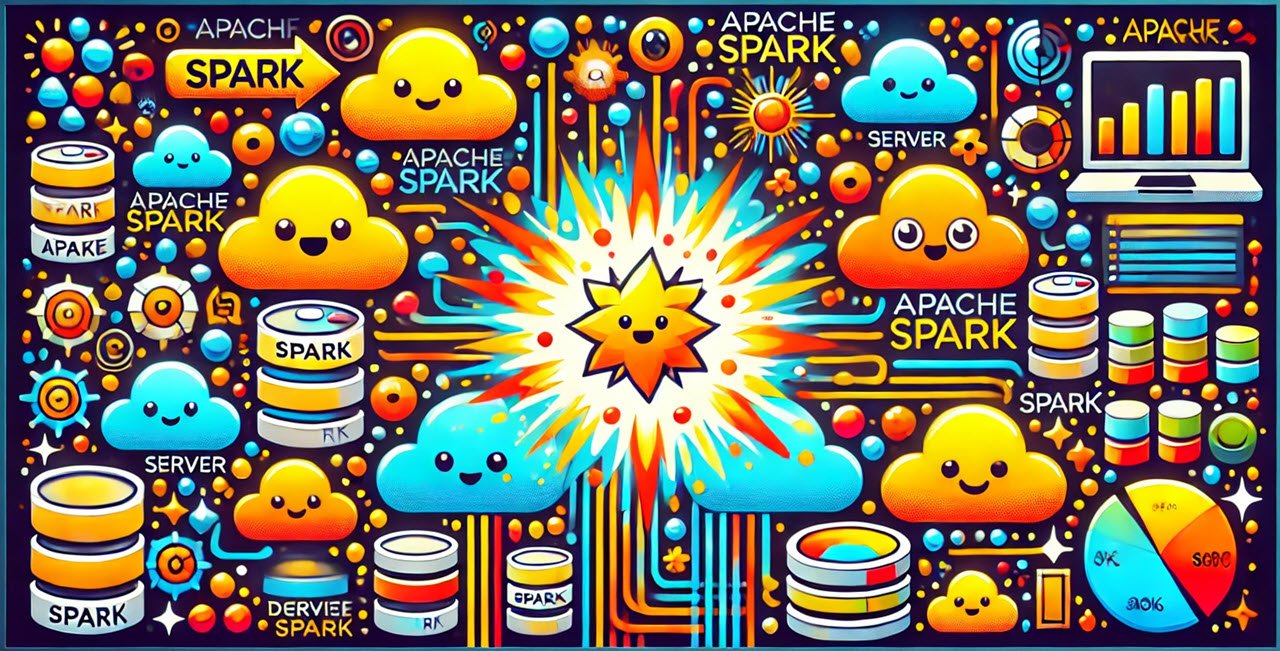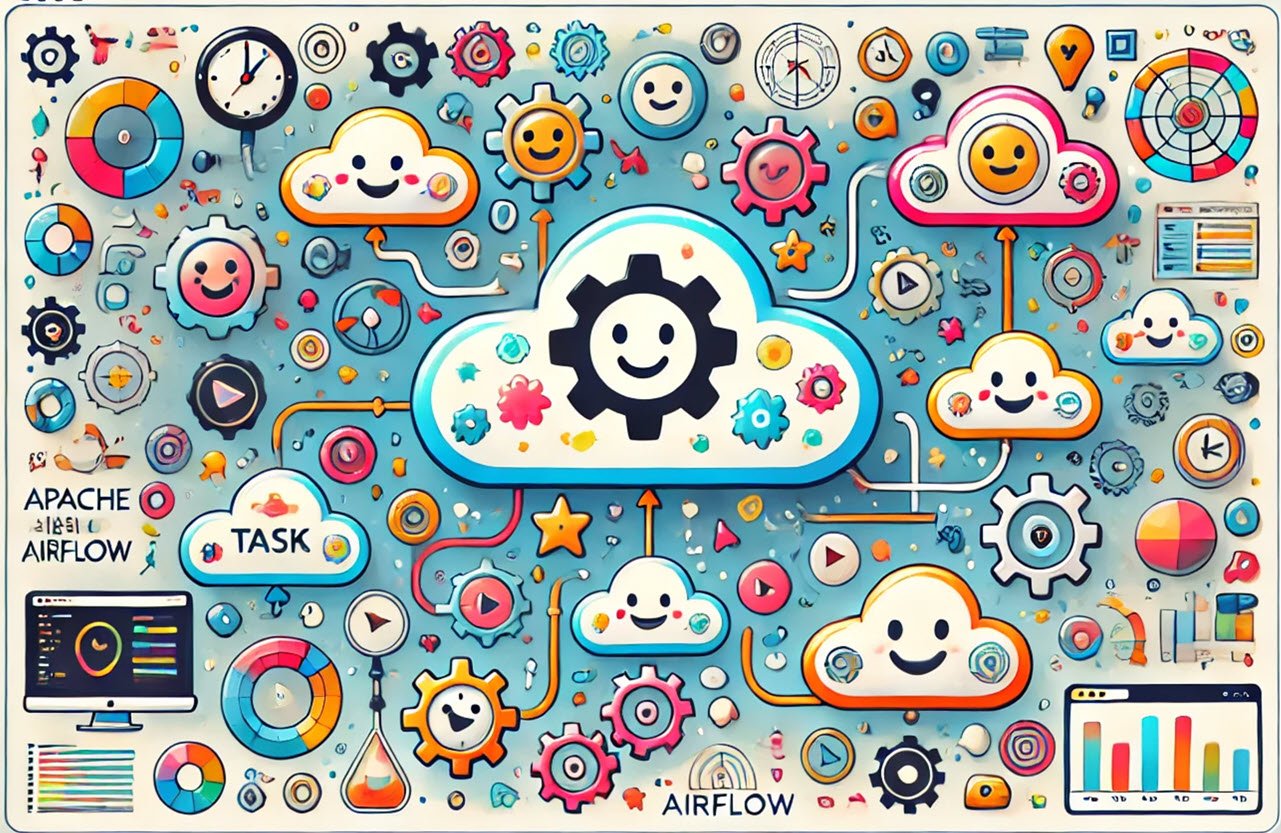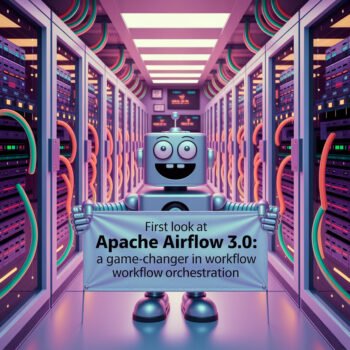Recently, I’ve been working with a large client where we’re diving deep into Apache Spark and Apache Airflow. These two tools have become the backbone of their big data operations. While working on this, I thought, Why not share what I’ve learned with you all? Whether you’re just curious or looking to streamline your workflows, these tools are a game-changer, and here’s why:
What’s Apache Spark? (Think of It as the Speedy Brain)

Imagine you have a ton of data—more than your computer can handle—and you need it processed super quickly. Enter Apache Spark, your turbocharged, data-crunching genius. Spark doesn’t just work fast; it works smart by splitting the job across many computers and processing everything in memory (like the super-fast temporary storage in your computer).
Why It’s Awesome:
- Handles Huge Datasets: Think terabytes or even petabytes. Spark shrugs it off.
- Does It All: Whether it’s cleaning data, analyzing trends, or running machine learning models, Spark’s got your back.
- Real-Time Ready: It doesn’t just process static data; it can handle live streams of information like sensor data or stock prices.
How It’s Used:
- Imagine you’re running a food delivery service. Spark can analyze all your orders, predict peak hours, and suggest which areas need more drivers in real-time. Cool, right?
What’s Apache Airflow? (The Workflow Maestro)

Okay, so Spark is great at doing the hard work, but who makes sure the work starts and stops at the right time? Who ensures that each task flows smoothly into the next? That’s where Apache Airflow comes in—it’s the ultimate task scheduler and workflow organizer.
Think of Airflow as the friend who reminds you to drink water, do your stretches, and send that email at just the right time. It connects all your tools and makes sure everything happens in order.
Why It’s Awesome:
- Master Scheduler: You can say, “Run this Spark job every night at 2 AM, then send me a report.”
- Handles Chaos: If something goes wrong, Airflow will retry the task or let you know.
- Play Well with Others: It connects easily with Spark, databases, cloud tools, and more.
How It’s Used:
- Let’s say you’re analyzing website traffic. Airflow can pull in the data, trigger Spark to crunch the numbers, and then send the results to your dashboard—all automatically.
Why They’re Better Together (The Dream Team)
On their own, Spark and Airflow are impressive. Together? They’re unstoppable. Here’s how they work as a dynamic duo:
- ETL Pipelines: Airflow schedules the tasks—like pulling raw data, processing it with Spark, and storing the clean data in a database. It’s seamless.
- Machine Learning Workflows: Spark trains your models, while Airflow ensures the process (data prep, training, deployment) runs like clockwork.
- Real-Time Analytics: Spark crunches live data, and Airflow keeps the pipeline in order, so nothing gets missed.
Example: Imagine a retail business tracking customer purchases in real-time. Spark processes all the data to spot trends, and Airflow ensures the pipeline is always running smoothly so no data falls through the cracks.

Why I’m Sharing This
Using Apache Spark and Airflow has been a fantastic experience for me, and I’ve seen firsthand how they can transform complex data operations. If you’re working with big data, these tools are worth exploring—they’re not just powerful but surprisingly fun to work with once you get the hang of them.
So, what do you think? Ready to give Spark and Airflow a go?
You can connect with me on LinkedIn.
Reference: Pinal Dave (https://blog.sqlauthority.com)



